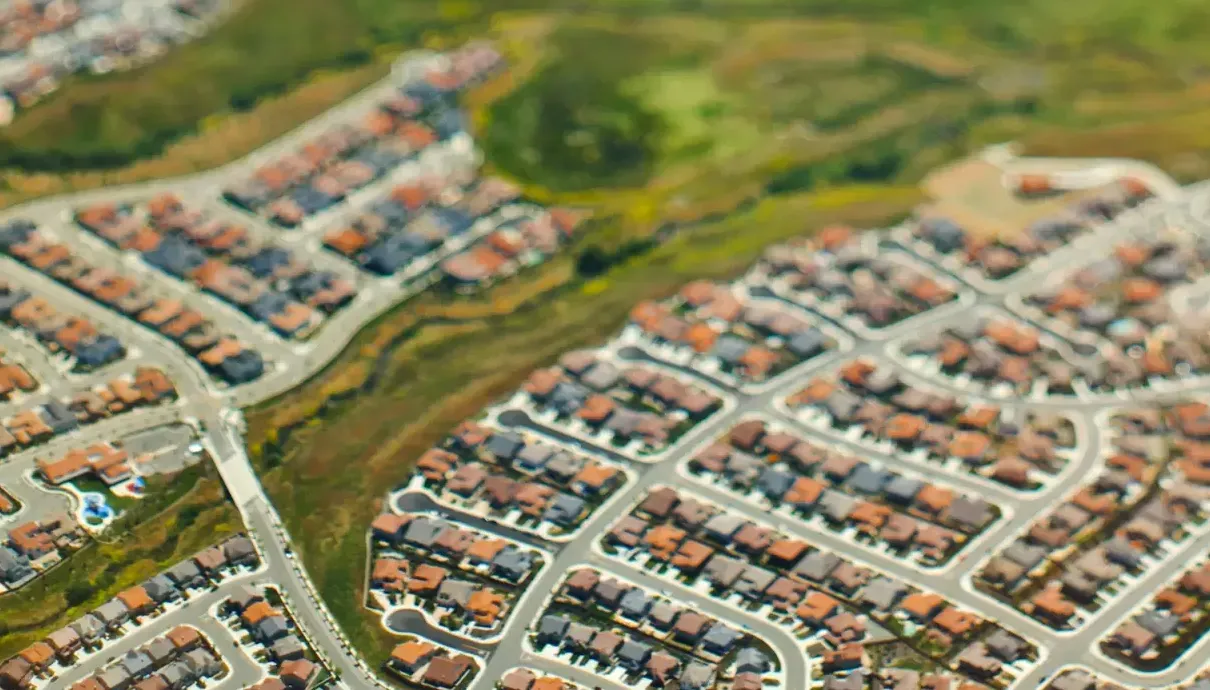The Power of Community Living: Beyond the Amenities in Gated Societies 2025

By
Shrusti Naik
Posted on July 31, 2025. 10 mins

The Power of Community Living: Beyond the Amenities in Gated Societies 2025
Introduction

When Ananya and Ramesh moved into a mid-rise gated enclave on Pune’s Hinjewadi loop road, they paid the same EMI as their earlier standalone apartment. Six months later, they say the real value is not the gym or the pool but a rotating WhatsApp car-pool list that cut office-travel stress by 40 %. A 2024-25 Sobha-Ashoka University survey covering 2,300 households across Mumbai, Bengaluru and Delhi-NCR confirms the shift: 67 % of respondents rank “community network” above “amenities” when asked to name the single biggest benefit of gated living. You might also like to checkout The Home Selling Checklist
1. From Perimeter Walls to Social Fabric
In 2025, the average Indian gated society is no longer defined by boom barriers alone. Creative PropTech data shows 78 % of new launches now include co-working lounges, hobby rooms and inter-generational play zones—spaces deliberately designed to spark conversation . Developers have learned that a pickle-ball match or a weekend coding club is cheaper to build than another infinity pool, yet yields higher resident-retention scores. The result: monthly churn in gated projects fell from 1.8 % in 2021 to 0.9 % in 2024, according to Anarock’s March 2025 report. Also read The Unseen Influence of Local Infrastructure Projects on Property Values: A 2025 Indian Playbook
2. Safety That Travels Beyond the Gate
Yes, CCTV and security guards still matter. Great Colorado Homes cites 33 % lower burglary rates for gated neighbourhoods versus open streets in global data , but Indian buyers are adding a layer: community vigilance groups. In SOBHA’s Townpark township on Hosur Road, residents run an AI-monitored WhatsApp SOS channel that reports suspicious movement in seconds, feeding alerts directly to the local police control room . The technology is inexpensive; the shared sense of responsibility is priceless.
3. Micro-Economies Inside the Compound
The 2024 Maharashtra Housing Policy allows gated societies to host pop-up markets inside common areas, turning lobbies into weekend bazaars. Maharashtra alone recorded 214 such markets in 2024, generating ₹7 crore in direct vendor income and reducing resident grocery runs by 12 kilometres per household per month (Source: Invest India, February 2025). The policy also encourages rooftop solar co-ops, letting societies sell surplus power back to the grid; K-RERA data shows 42 % of Bangalore’s gated complexes have now applied for net-metering licences. Also check out Fractional Ownership of Real Estate in India 2025
4. Children, Elders, and the Missing Middle
Bella Collina’s 2024 resident survey finds 54 % of families in gated enclaves cite “inter-generational interaction” as a key reason for renewal . Developers respond with “buddy programmes”: teenagers tutor seniors on digital banking, while seniors coach children in chess. In SOBHA’s Victorian-inspired row-house cluster in Whitefield, weekly gardening clubs have reduced loneliness scores among seniors by 29 %, according to a 2025 NIMHANS study. You may want to check Understanding Real Estate Taxes
5. The Hidden Cost of Belonging
Security and amenities come at a price. RE/MAX Nashville’s global report estimates HOA fees add $200–$600 monthly, a figure mirrored in Indian metros at ₹3,000–₹12,000 per month, depending on amenities . However, the premium resale value—10–25 % above comparable non-gated stock—often offsets the fee over a five-year horizon. A June 2025 Knight Frank report on Hyderabad’s gated villa belt shows capital appreciation of 8.7 % annually versus 6.2 % in adjacent open layouts, proving that community infrastructure is an appreciating asset in itself. You might as well like to read The Future of Commercial Real Estate
Conclusion

In 2025, Indian gated societies are no longer selling square footage; they are selling time, safety, and belonging. Whether it is a Maharashtra co-op market, a Bengaluru rooftop solar group, or a Pune car-pool circle, the greatest amenity is the network of neighbours who show up. Choose the walls, but stay for the people. For those in pursuit of their dream home, investment opportunities, or a sanctuary to call their own, Jugyah provides top housing solutions with its intelligent technology.
Frequently Asked Questions
-
Is community interaction mandatory in gated societies?
No, but weekly events and digital groups are opt-in; 67 % of residents actively participate in at least one activity according to the Sobha-Ashoka survey. -
Are HOA fees tax-deductible in India?
No, but maintenance paid to the society is eligible for GST input credit if the society is registered under GST. -
Do gated societies have better resale value?
Yes, 10–25 % premium is common; Hyderabad villas appreciated 8.7 % annually versus 6.2 % in open layouts. -
Can outsiders enter gated societies easily?
Only after verification—security logs visitor Aadhaar or issues QR codes; tail-gating remains the main loophole. -
Are gated communities only for the affluent?
Not anymore. Tier-2 cities like Coimbatore and Indore now offer starter 1-BHK gated towers priced ₹35–₹55 lakh, broadening the buyer base.